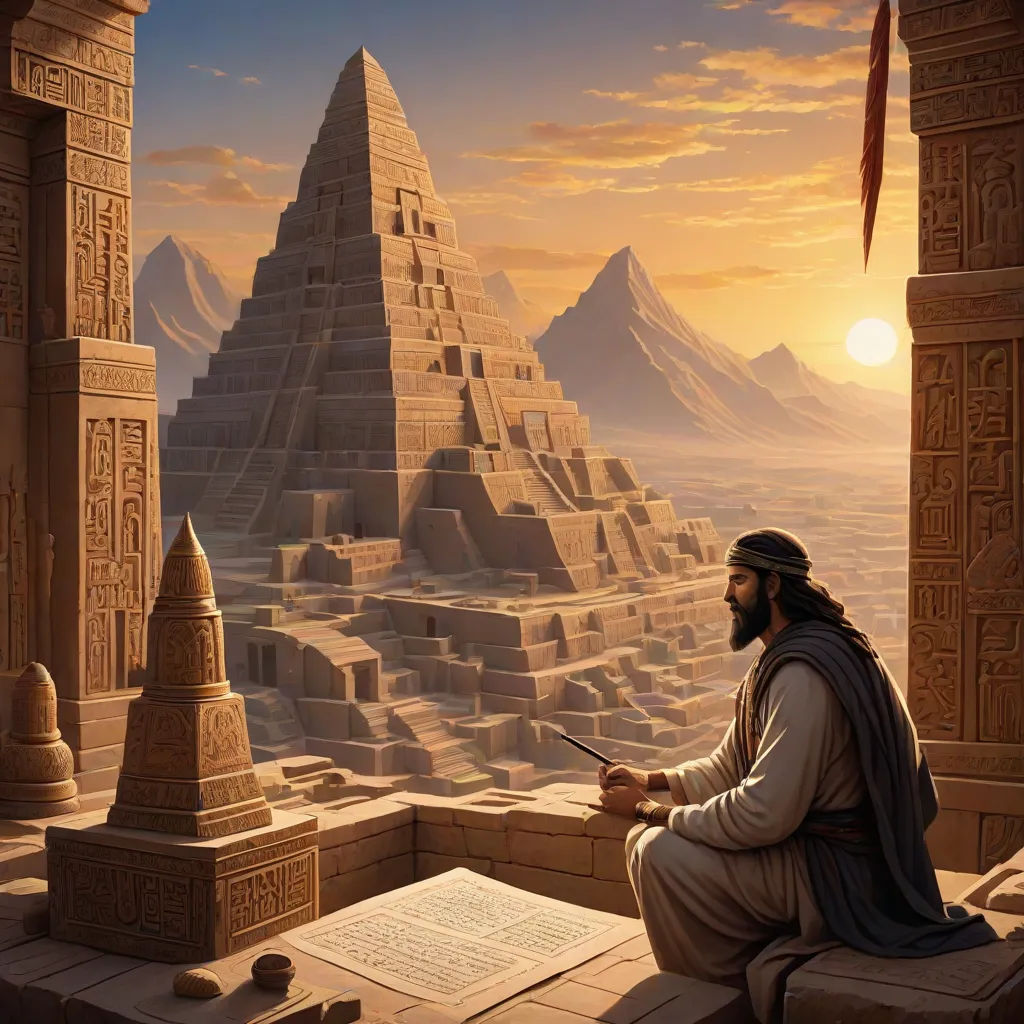
The Cradle of Civilization: A Journey Through Mesopotamia
By Frans Manalu

16 Sep, 2024
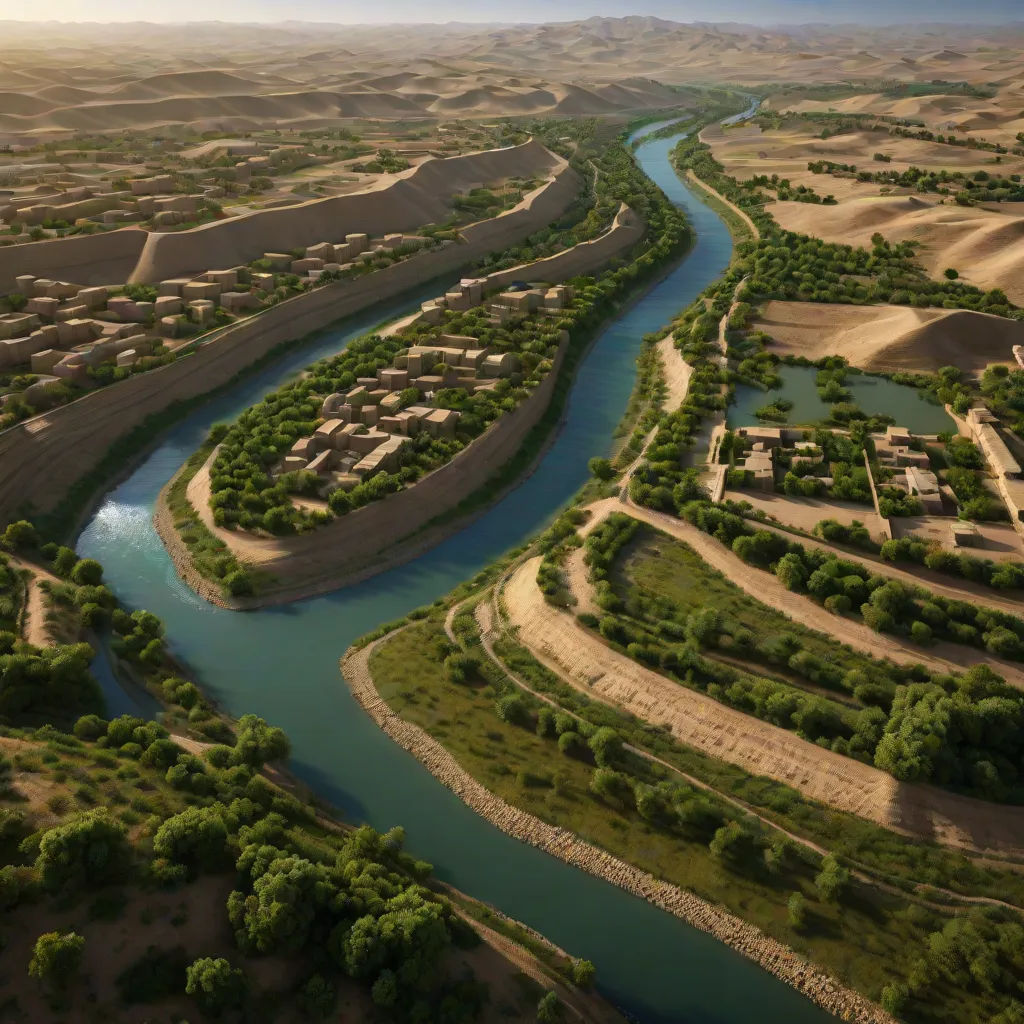
In the land between two rivers, the cradle of civilization, Mesopotamia, lay. It was a land of abundance, promising a prosperous life to its dwellers.
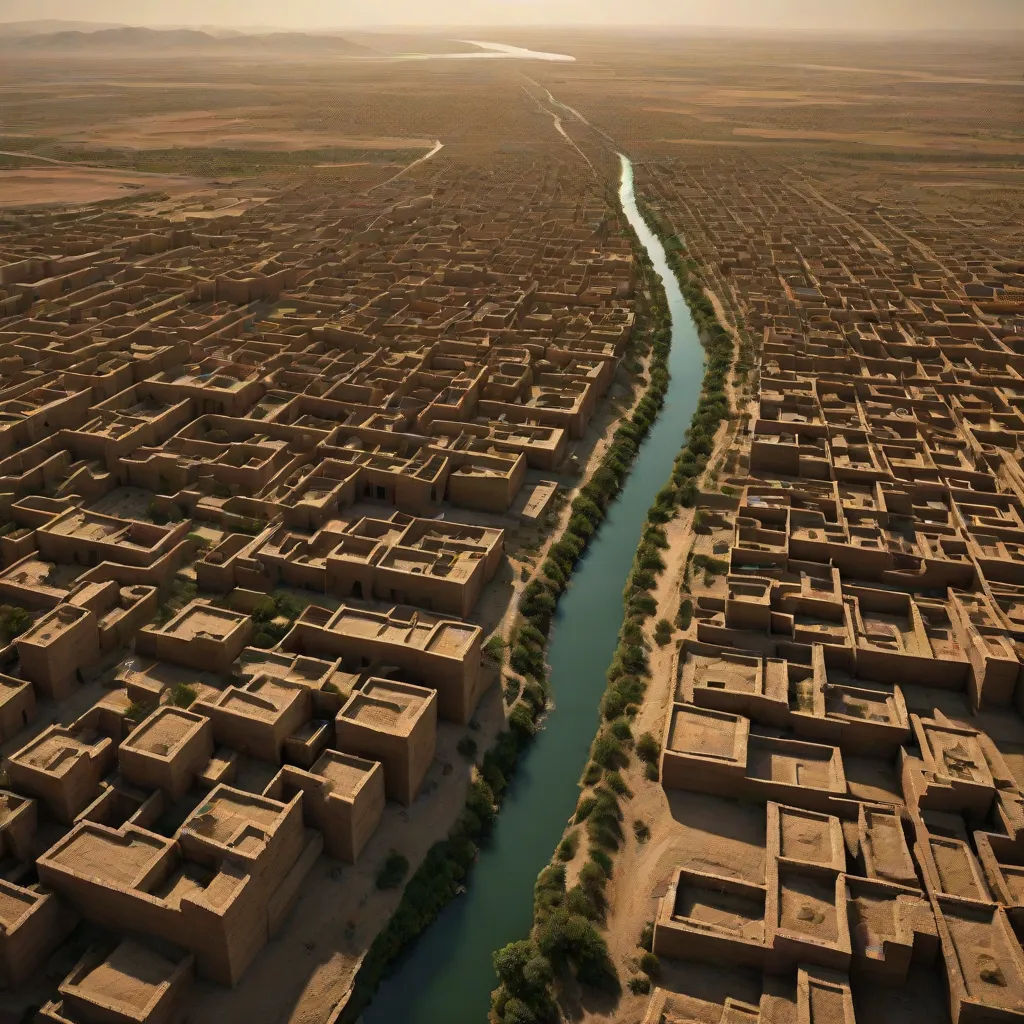
The fertile soil of Mesopotamia saw the birth of the first cities, the rise of the first empires, and the invention of writing.
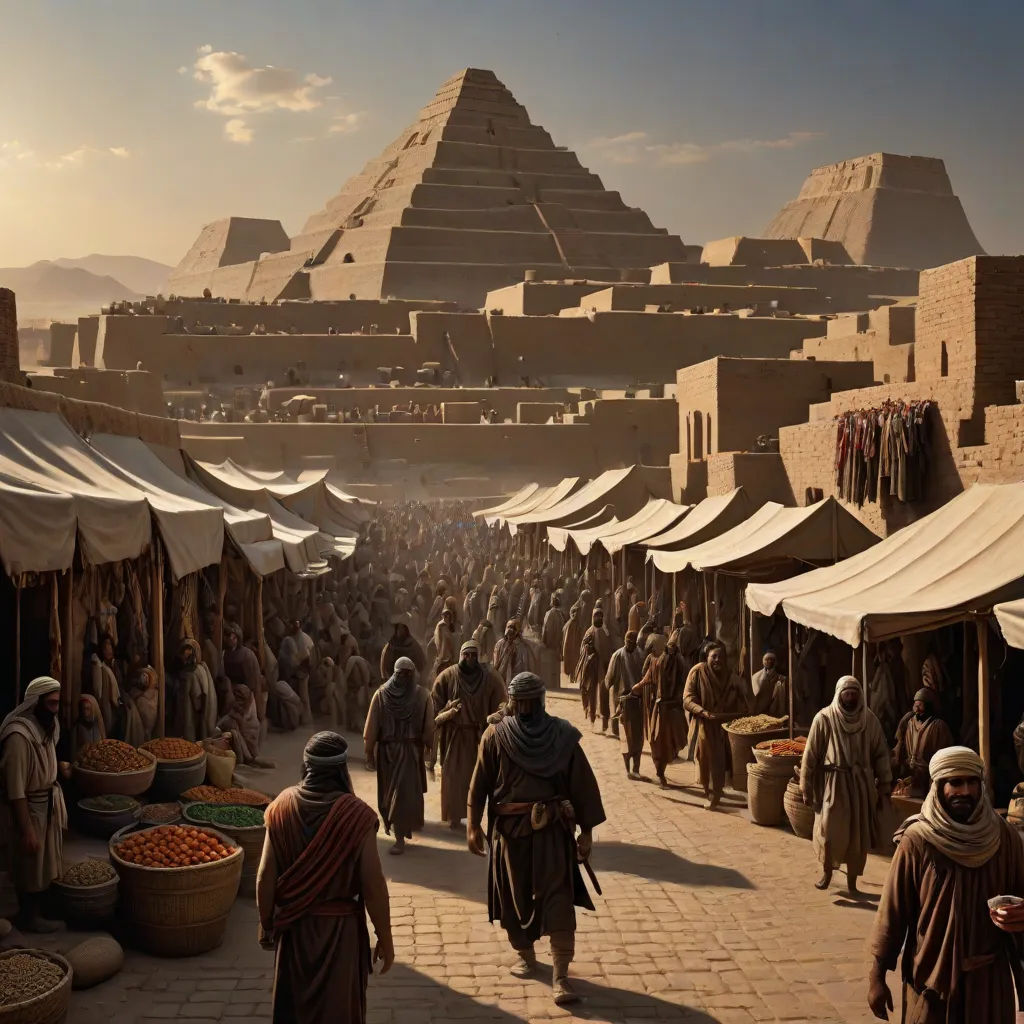
In the city of Uruk, people went about their daily lives. The markets were filled with the chatter of traders, while the ziggurats towered above, a testament to their architectural prowess.
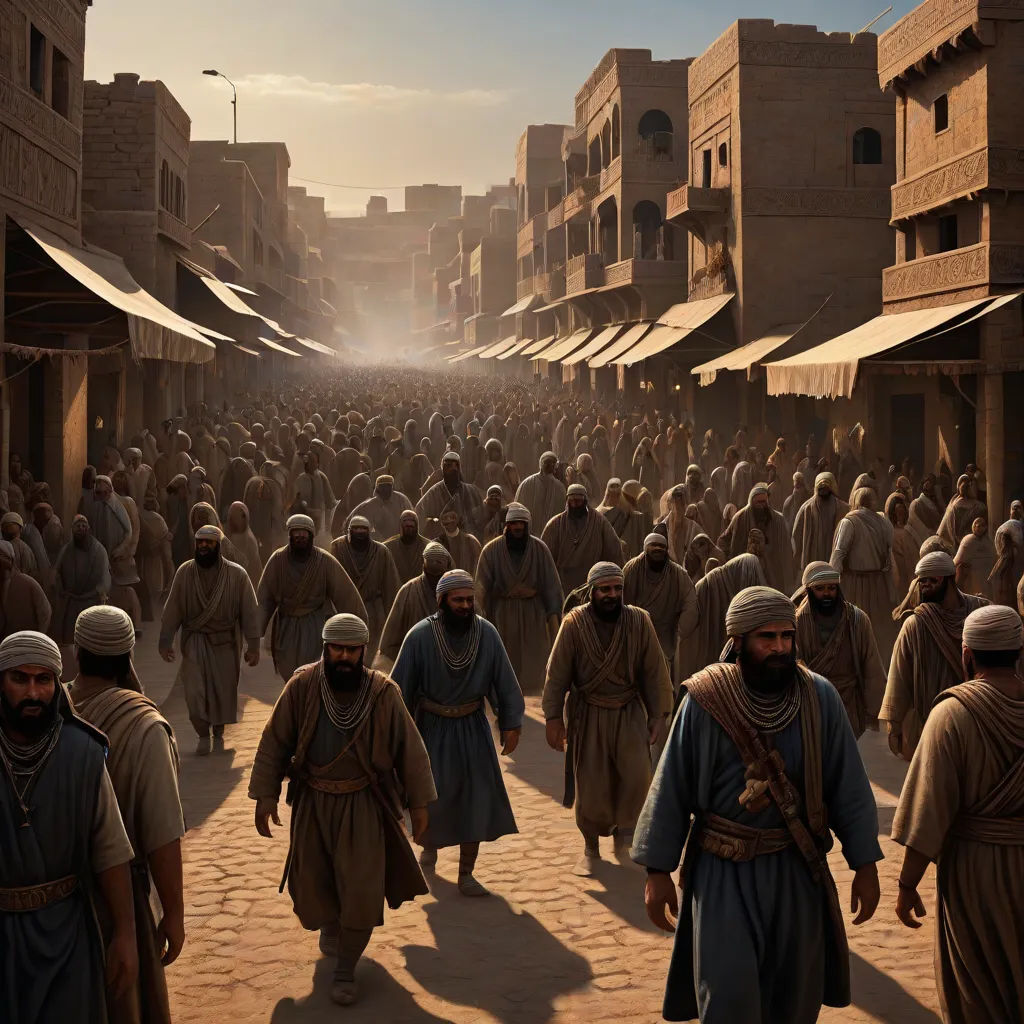
Uruk was a hub of commerce, culture, and religion, reflecting the sophistication and complexity of Mesopotamian civilization.
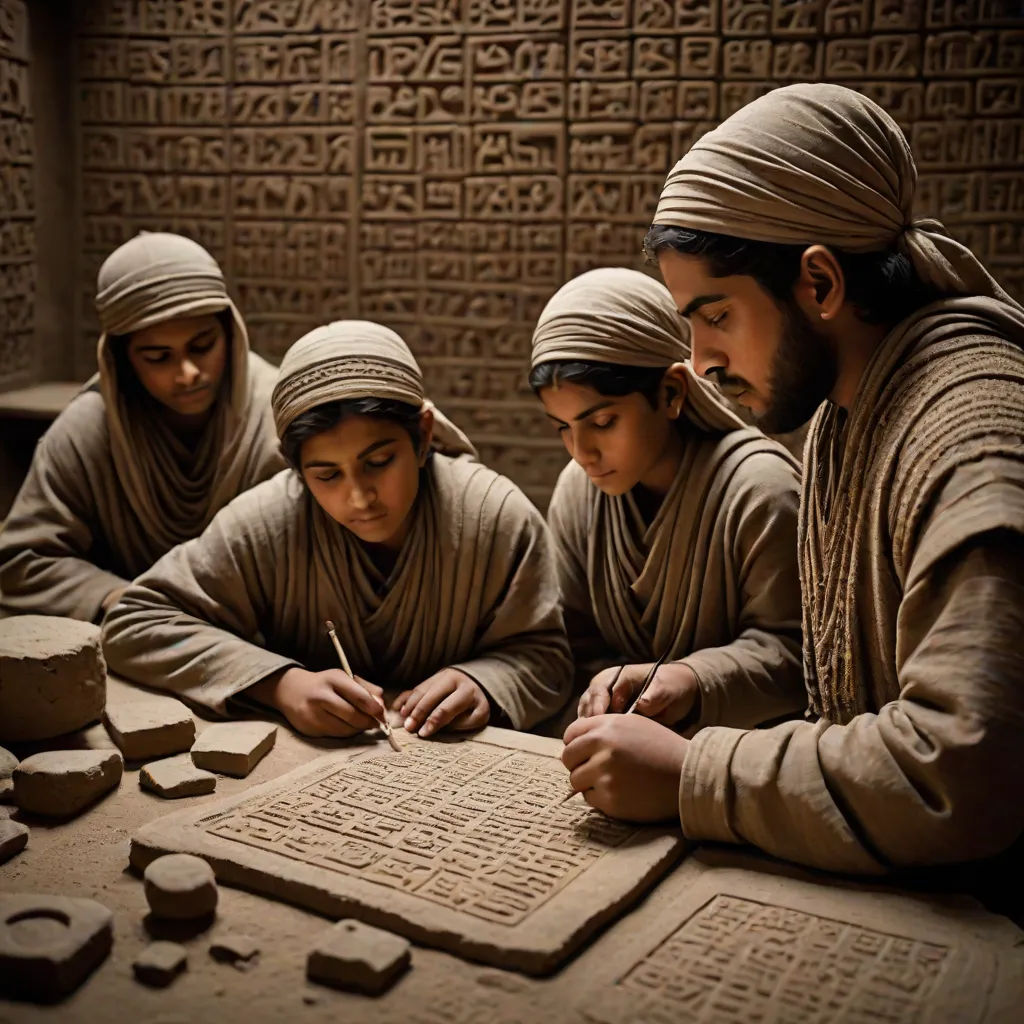
In the schools of Uruk, young scribes were trained in the art of cuneiform, the earliest form of writing. They etched symbols into clay tablets, creating records that would last millennia.
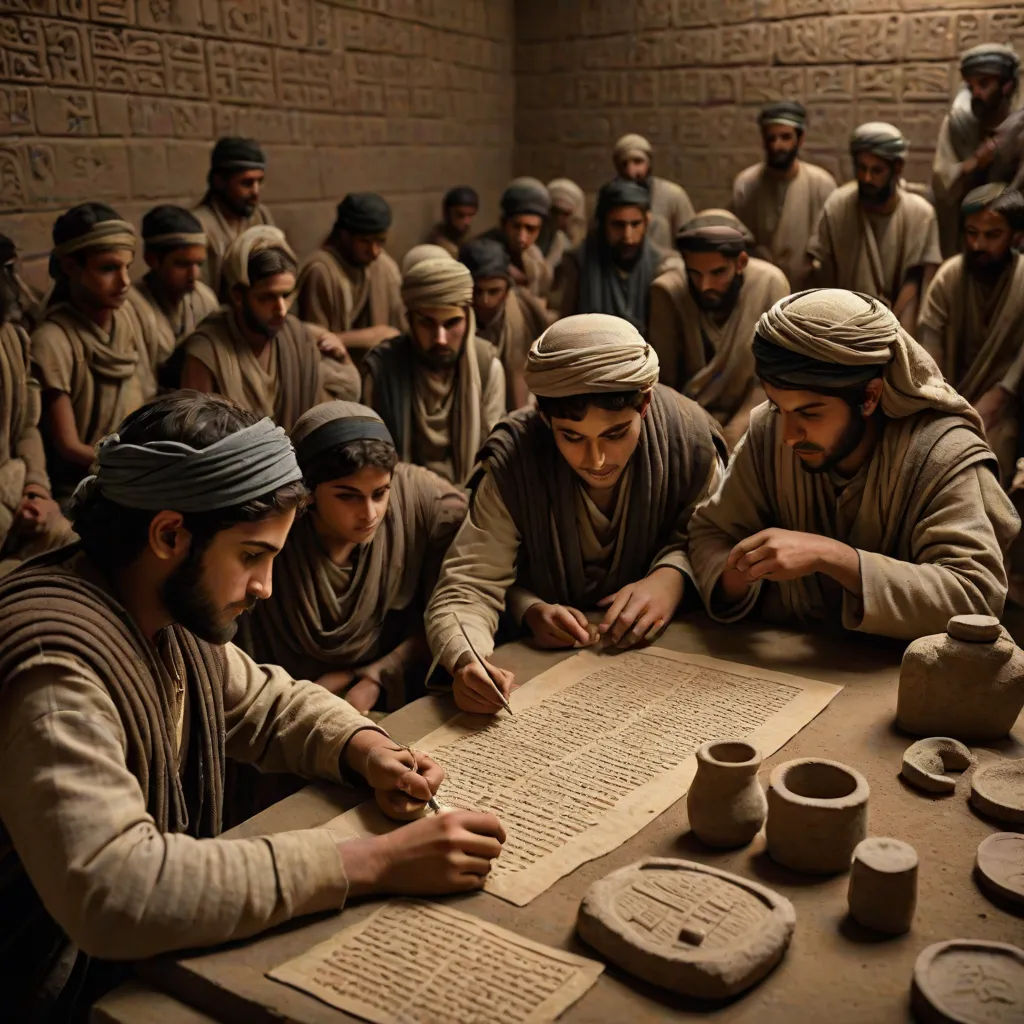
These young scribes were the historians of their time, recording everything from trade transactions to epic tales, preserving their civilization's knowledge for future generations.
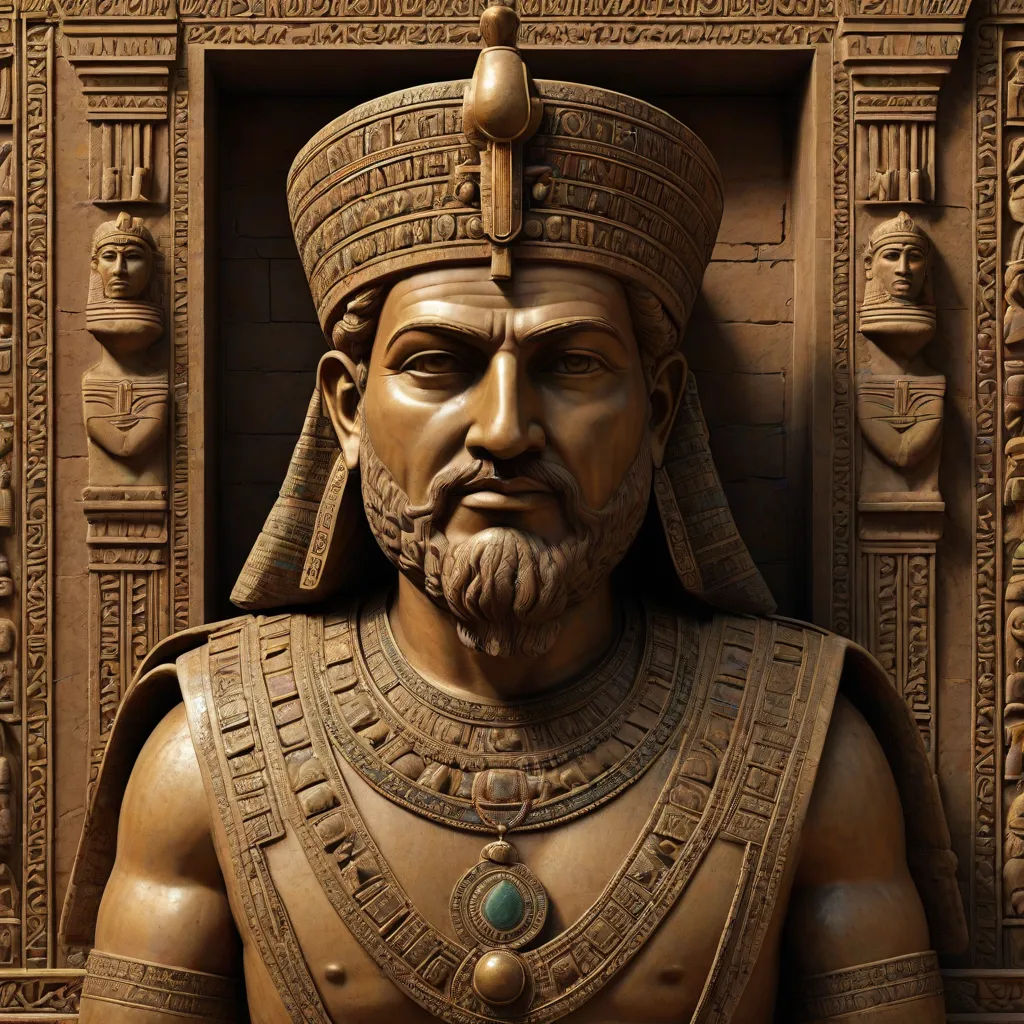
In the Akkadian Empire, the emperor ruled with an iron fist. His palace was a symbol of his power, a testament to the strength and might of the Akkadian civilization.
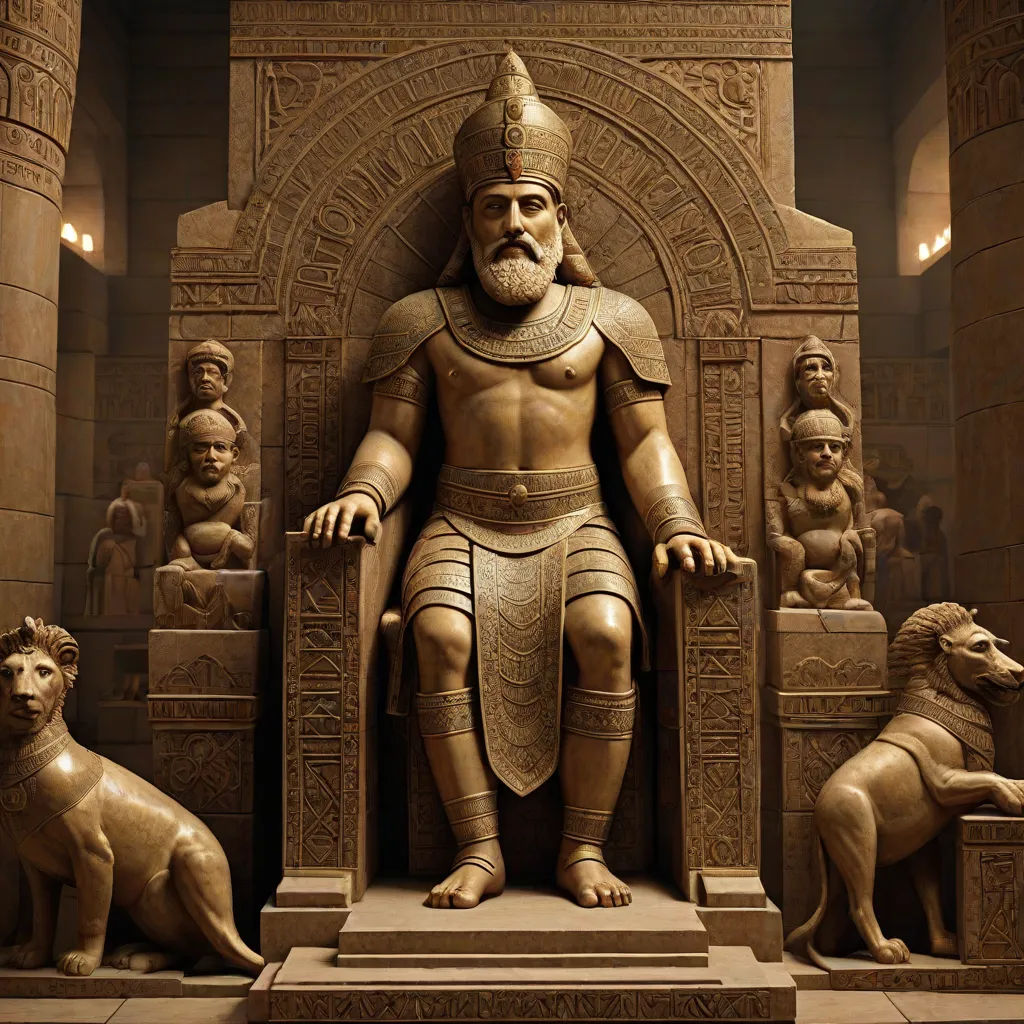
The Akkadian Empire was the first true empire in history, extending its influence over most of Mesopotamia, setting a precedent for future empires.
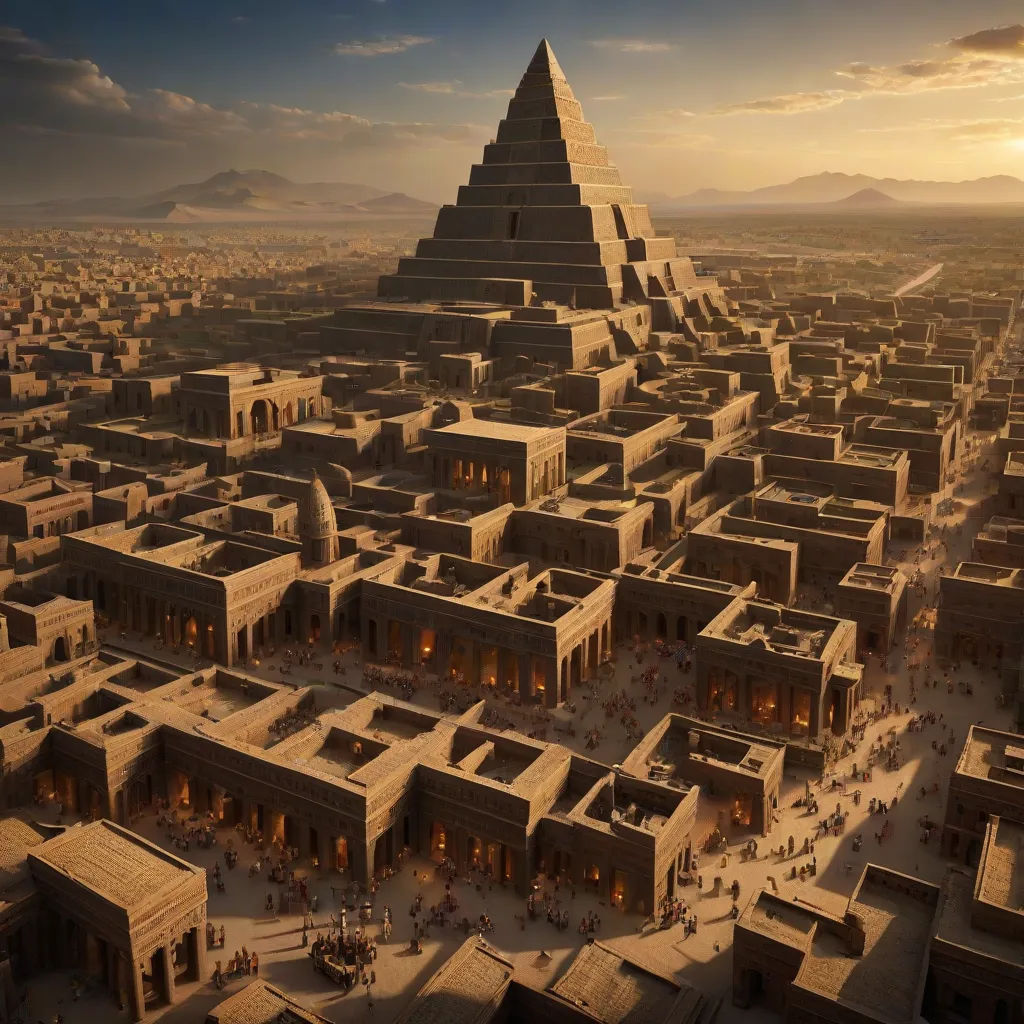
Under Hammurabi's rule, Babylon flourished. The city was a beacon of culture, law, and civilization, overshadowing even Uruk in its glory.
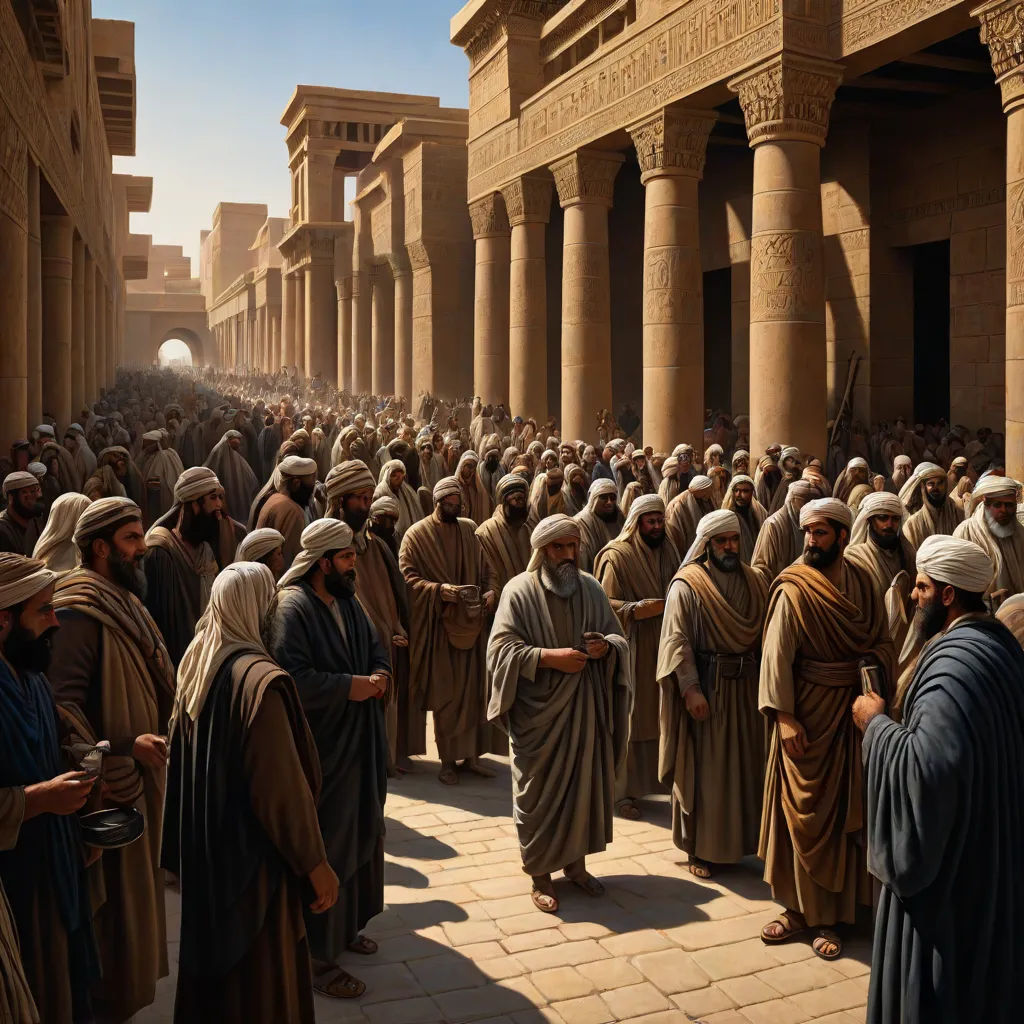
Hammurabi is best known for his code of laws, one of the earliest and most comprehensive legal codes in history, demonstrating the advanced societal structure of Mesopotamia.
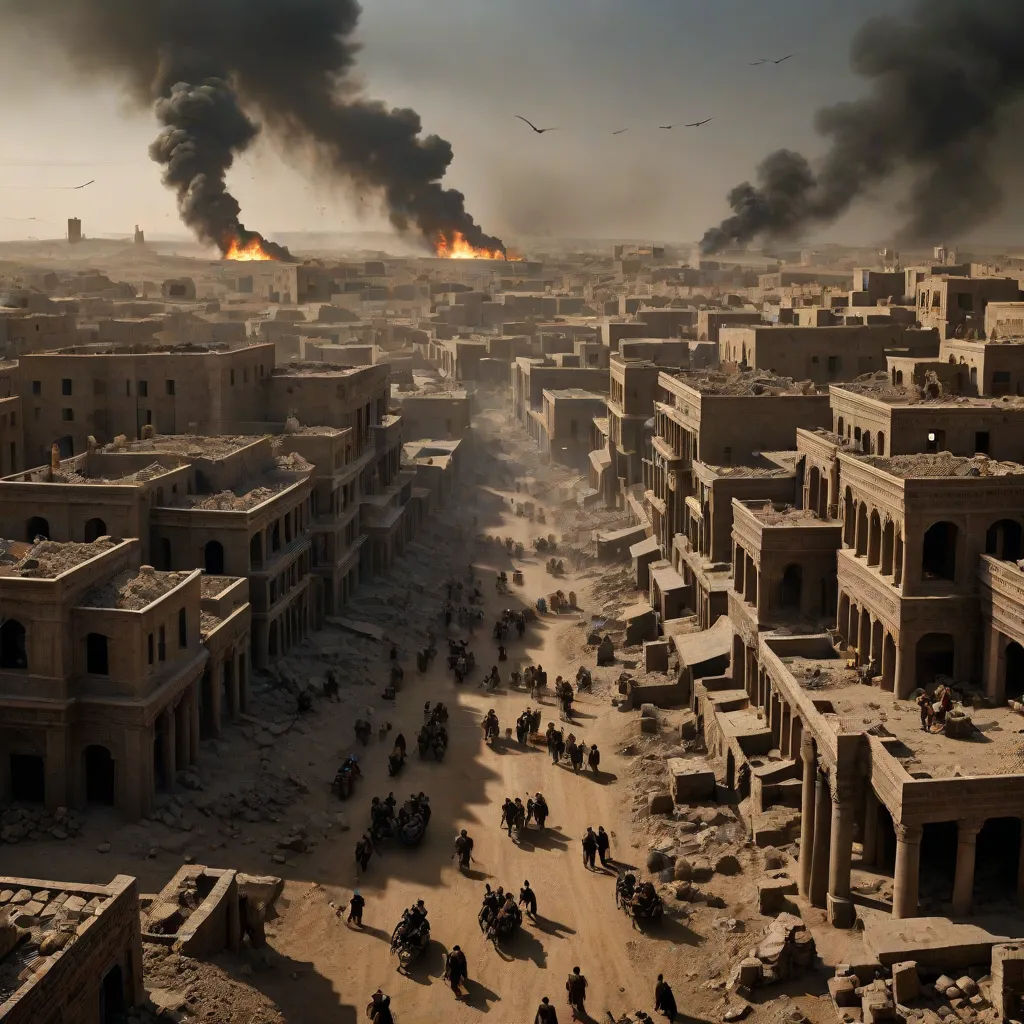
Despite its advancements, Mesopotamia was not invincible. Invaders from the north began to disrupt the established order, leading to the fall of the great Mesopotamian civilizations.
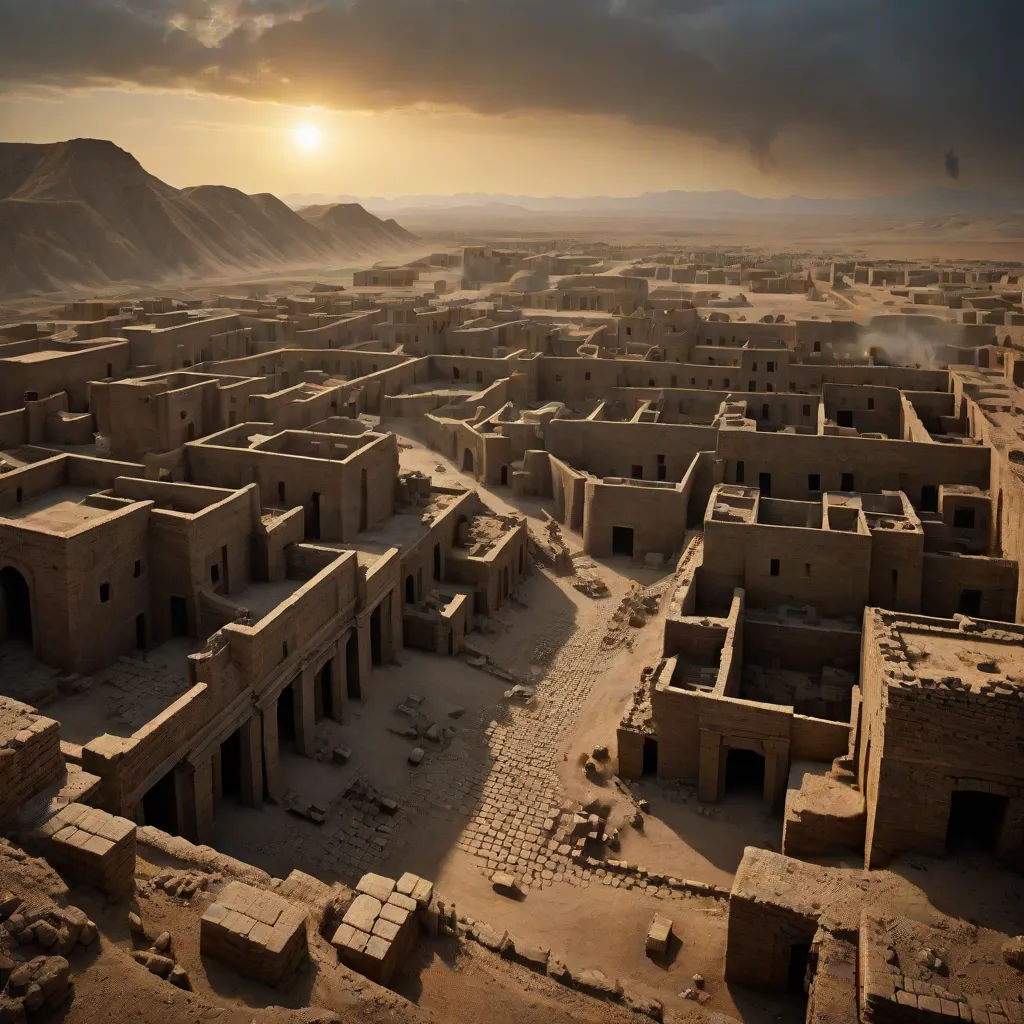
The fall of Mesopotamia marked the end of an era, but its influence on history was indelible. The legacy of this ancient civilization continued to shape the course of human development.
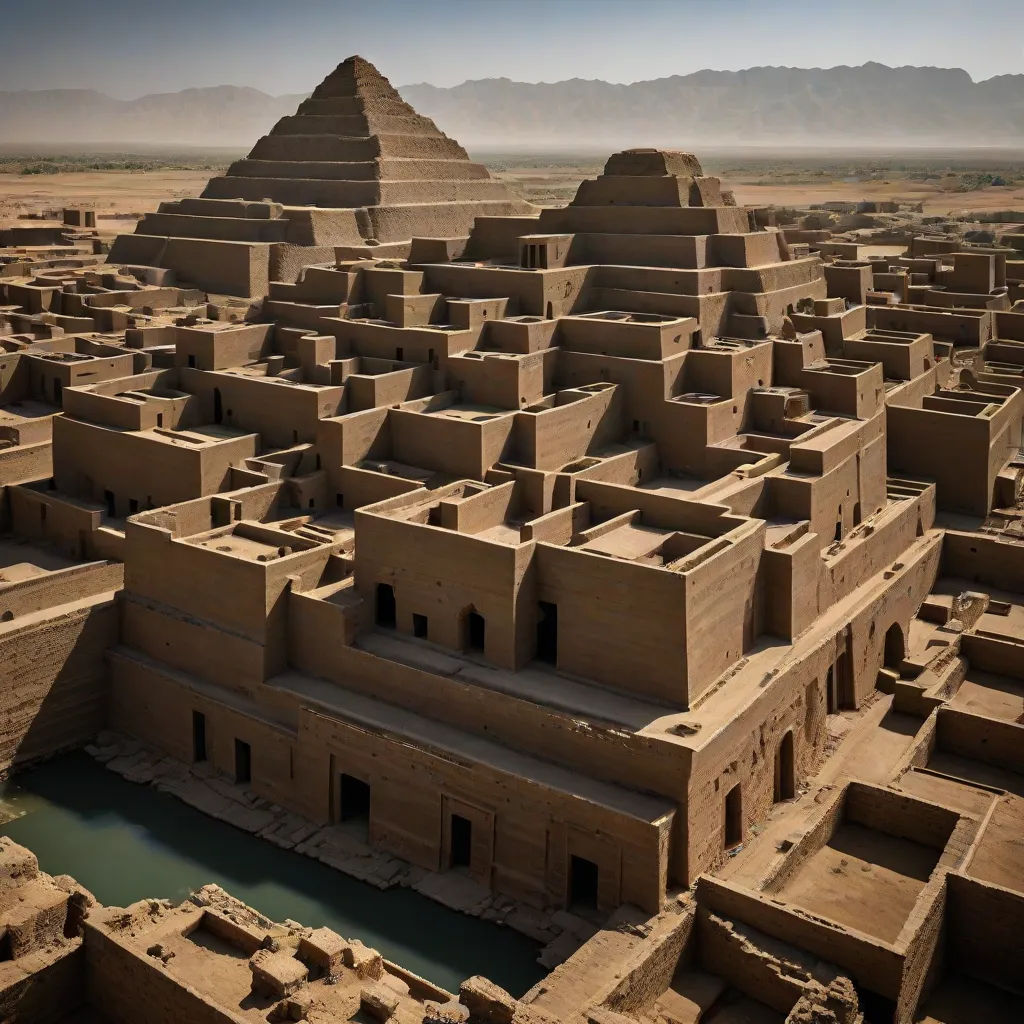
Today, the land once known as Mesopotamia is part of modern-day Iraq. The rivers still flow, the soil is still fertile, but the ziggurats and palaces are now ruins.
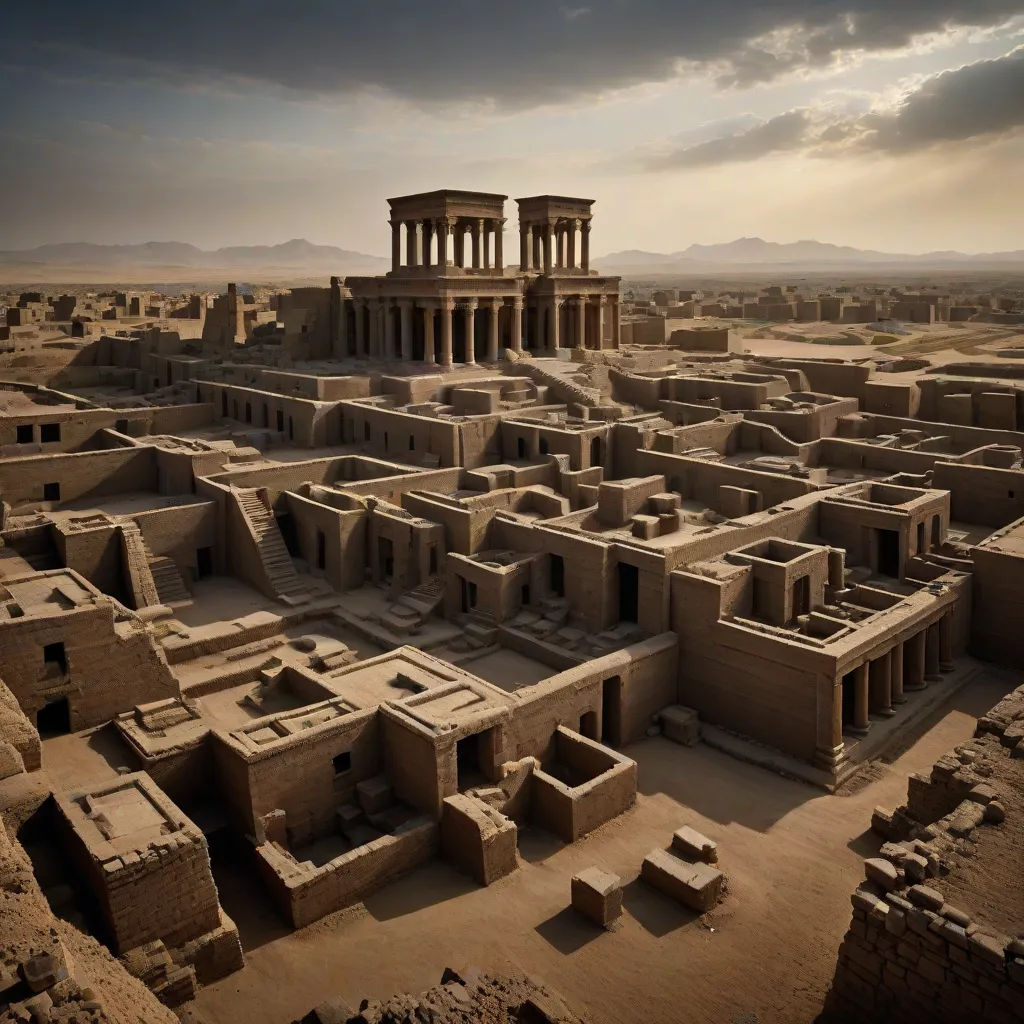
These ruins serve as a reminder of the grandeur of ancient Mesopotamia, a testament to the civilization that once thrived in this land between two rivers.
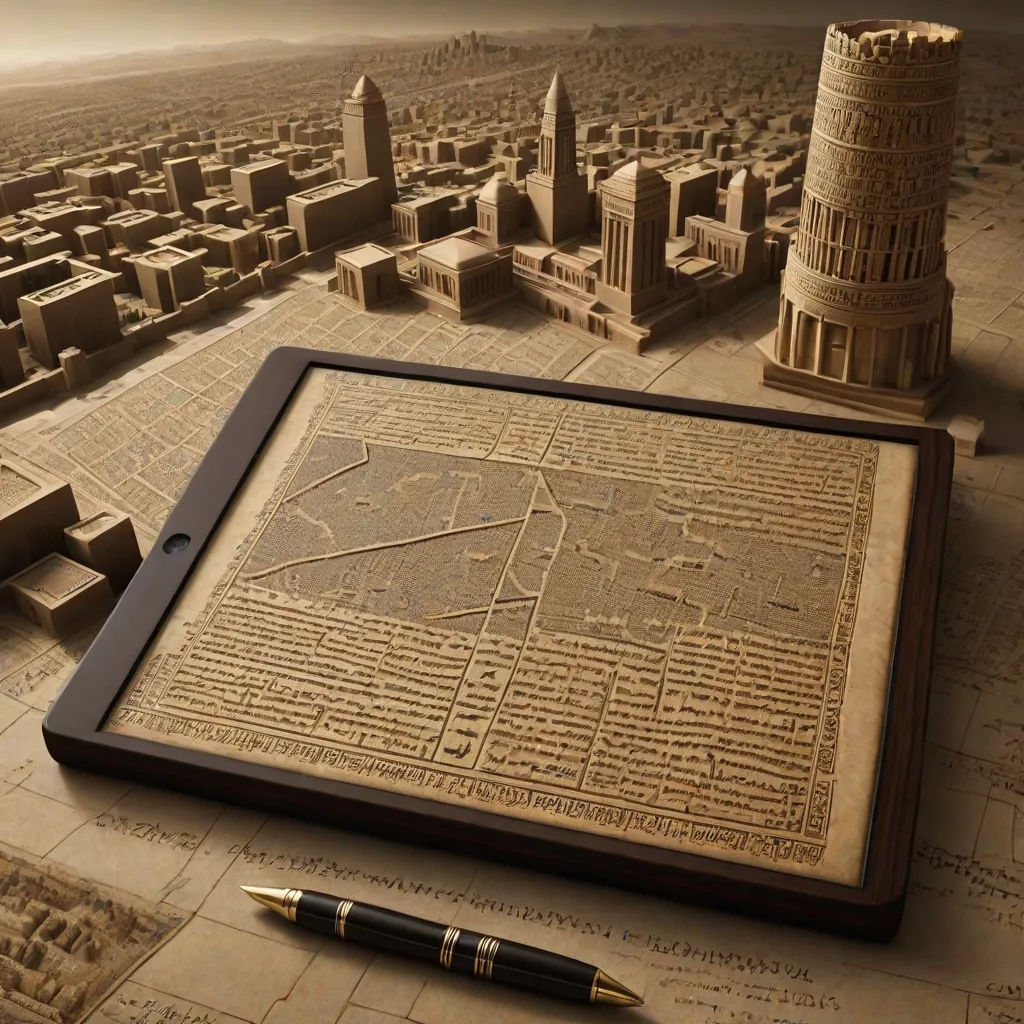
The influence of Mesopotamia can be seen in various aspects of modern life, from our writing systems to our legal codes, from our urban structures to our mathematical concepts.
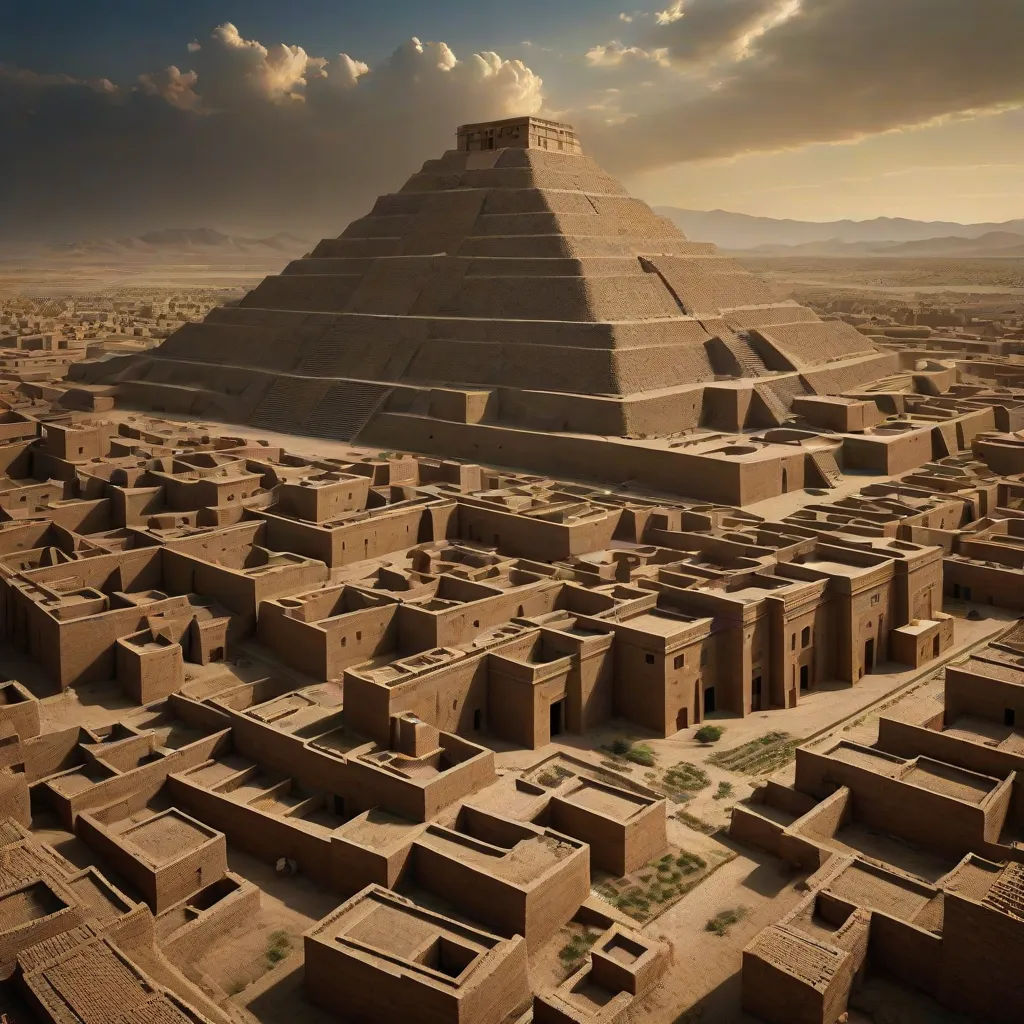
Mesopotamia was the cradle of civilization, the birthplace of many firsts. It set the foundation for the world as we know it today.

The history of Mesopotamia teaches us about the rise and fall of civilizations, the dynamics of power, and the importance of innovation and adaptation.
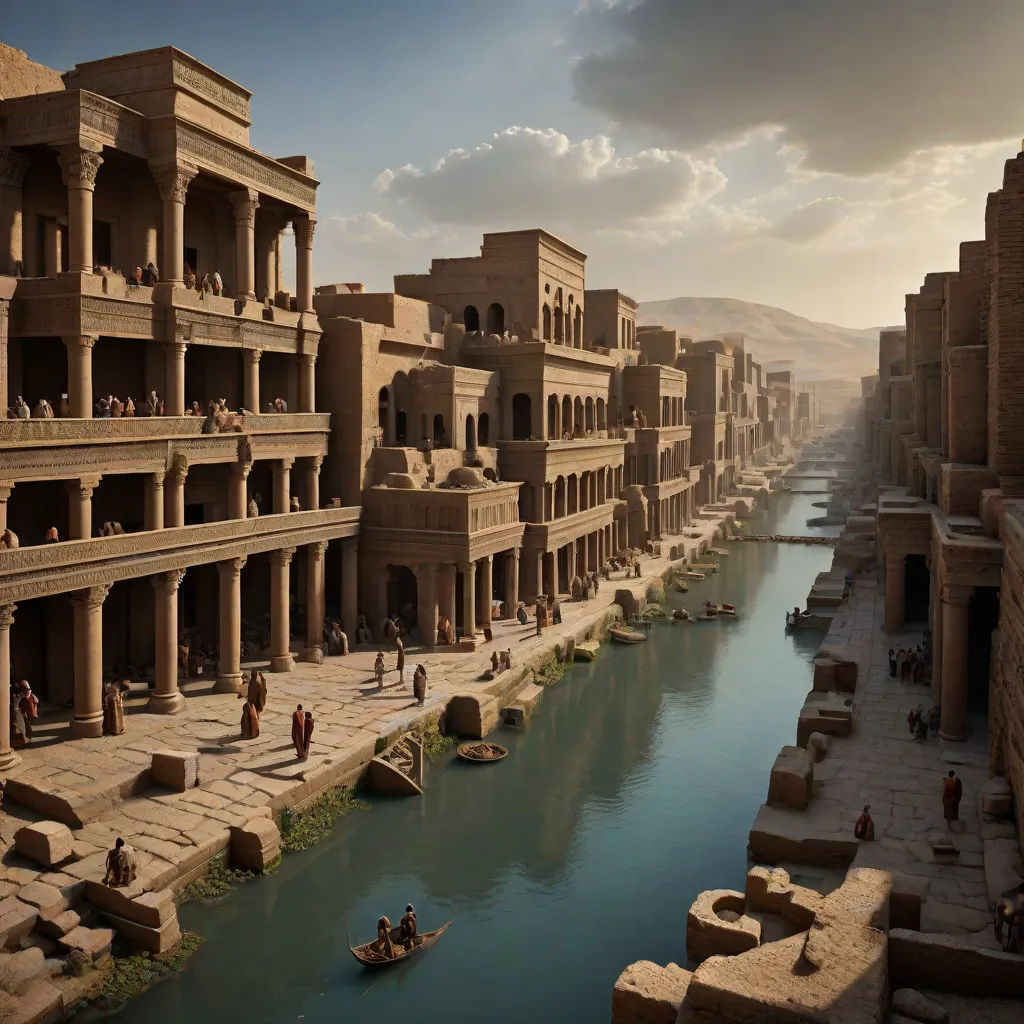
It reminds us that civilizations are not static, they evolve, adapt, and sometimes fade away, only to be replaced by new ones.
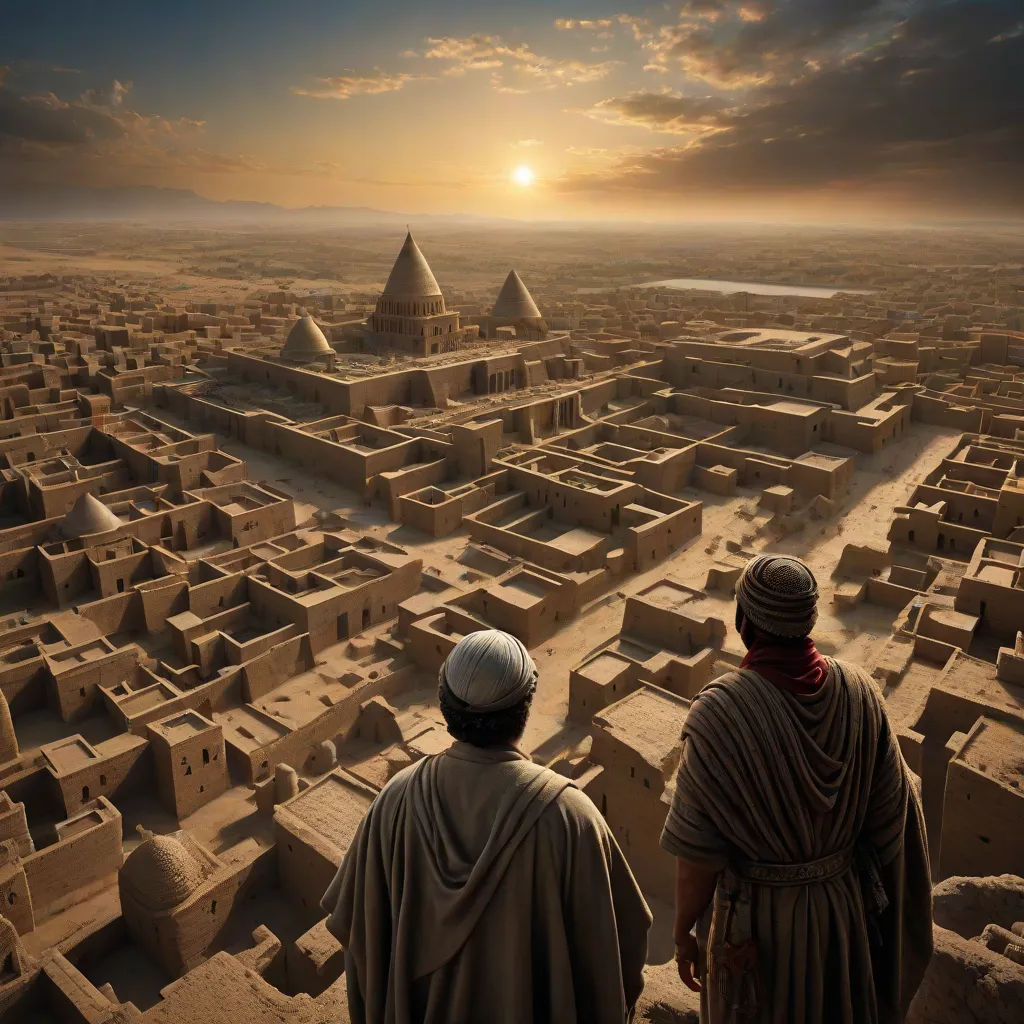
Studying history, like that of Mesopotamia, helps us understand our past, our present, and potentially, our future. It is a mirror reflecting our successes, failures, and aspirations as a species.
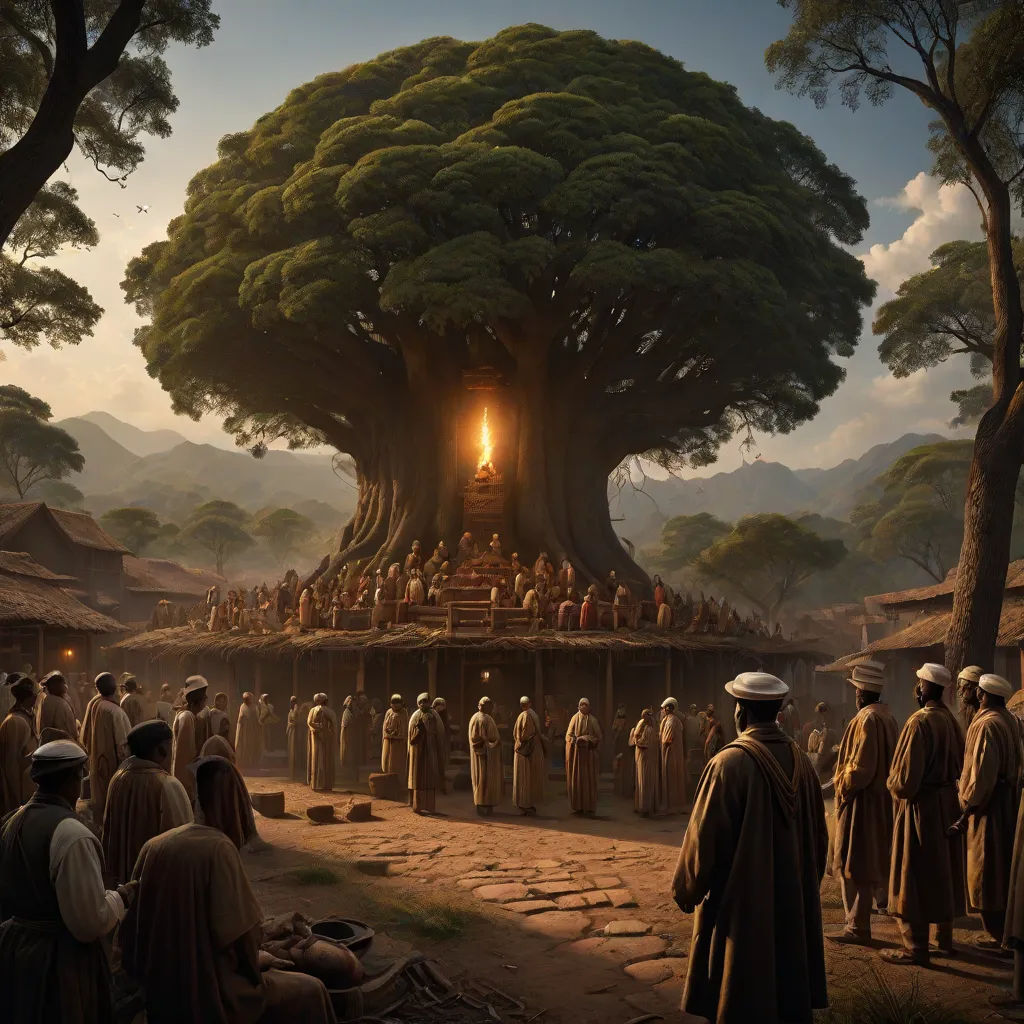
Preserving our history is crucial. It allows us to learn from the past, to honor the achievements of our ancestors, and to pass on their wisdom to future generations.

Despite all we know about Mesopotamia, there remains much that is shrouded in mystery. This ancient civilization continues to captivate us with its grandeur, complexity, and enduring influence.
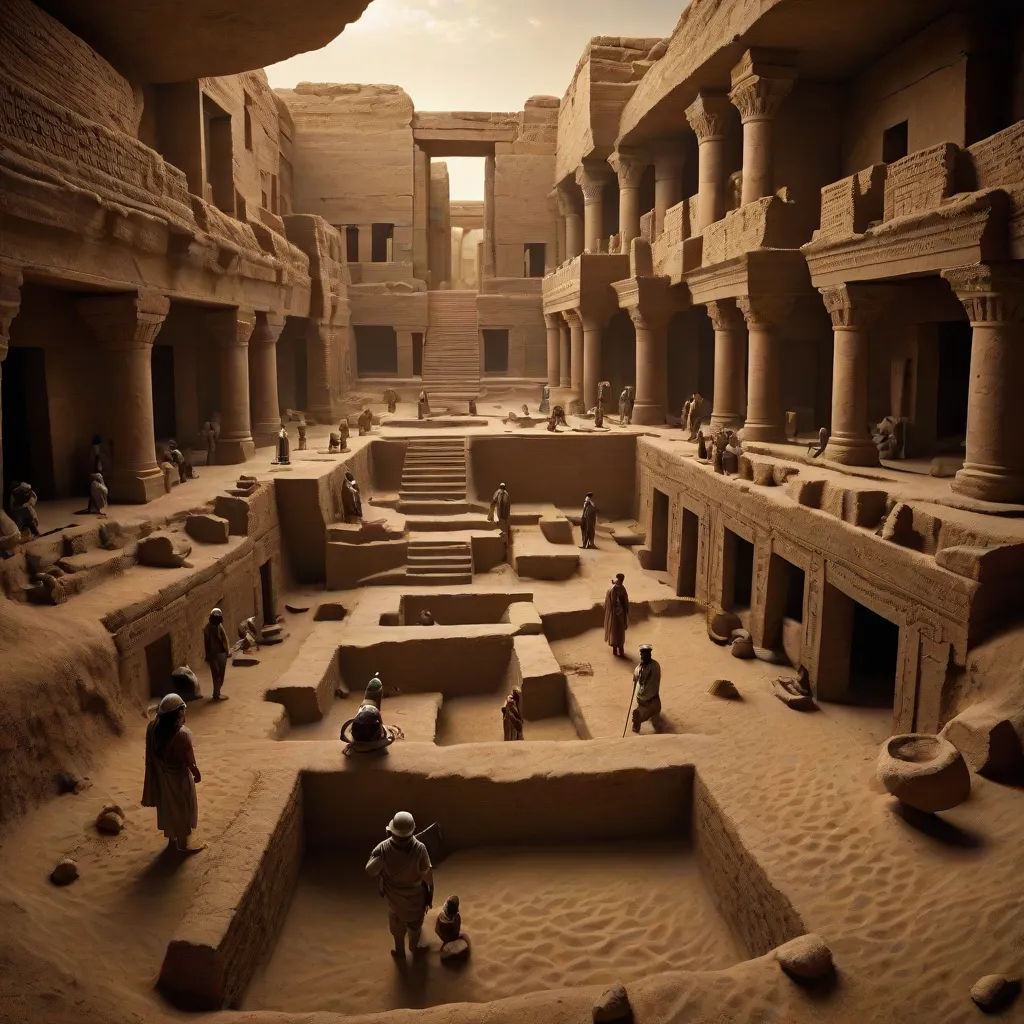
As we delve deeper into the annals of history, we continue to uncover the secrets of Mesopotamia, each discovery adding another piece to the puzzle of our shared human heritage.